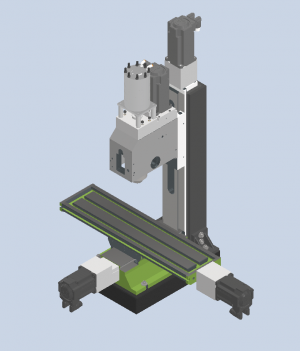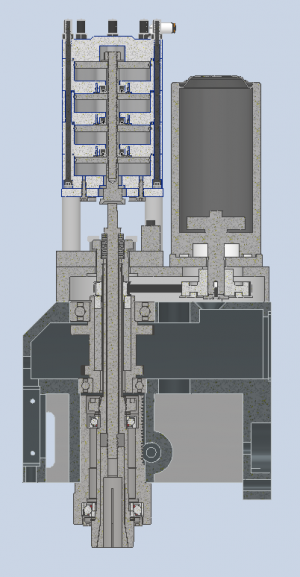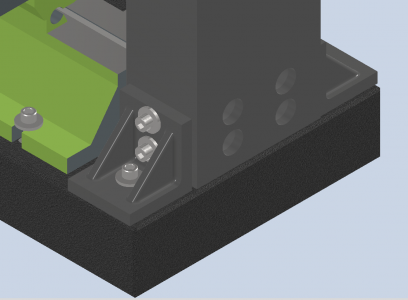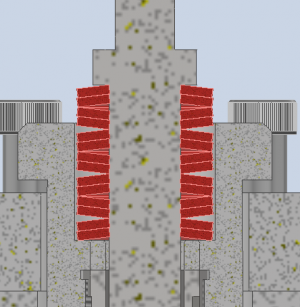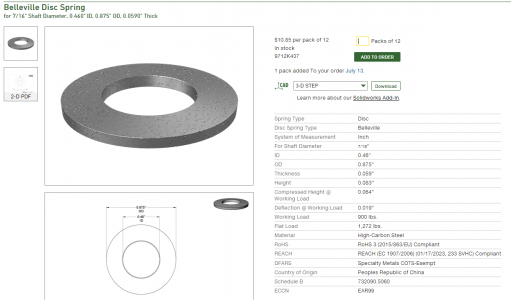- Joined
- Mar 26, 2018
- Messages
- 2,724
Yeah I guess I glossed over that. There’s quite a few scraping videos that will explain it far better than I can in writing but I’ll try my best.Can you explain this, please?
Hinging (or hingeing, Merriam Webster had both spellings) is a scraping test method that helps a scraper identify surface flatness. Marking with blue is surprisingly not helpful at identifying some forms of global curvature on a part. More definitive tests are required to help a scraper be confident they understand the surface condition and take passes accordingly.
Take this as an example: a square surface is bowed outward (convex) in the middle by a thou or two in a spherical shape. An inexperienced scraper could mark this against a flat surface plate and generate a surface consistently marking all over indicating a surface true and flat as good as their surface plate. However the true surface is far from flat.
This is where hinging is applied. You grab one side or corner and apply side to side motion (trying to only introduce a rotation and no rocking motion) and observe where the part hinges or pivots about. A truly flat surface with consistent and even bearing will hinge at the centerline of the part roughly 1/3 of the distance across the part measured from the opposite edge from which you are applying the force. If the part is not flat, then the part will hinge on the highest area (globally speaking). The part must be hinged from both sides in case the global high point happens to be at the 1/3 location on one side.
Going back to our example, this convex plate will hinge in the dead center and the scraper will know that even though the blue markings are indicating flatness all over, they lie about the true surface condition.
A concave surface might hinge properly, but will not blue over the full surface.
A long skinny workpiece like a straightedge will hinge at the far ends (like mine) if it is bowed concave.
And a twisted workpiece will hinge at opposite corners rather than the centerline of the part.
A scraper needs to use a combination of bluing, hinging, rocking (tipping to part to feel or listen for twist), tapping (hitting corners with a small weight to listen for hollowness), and indicator measurements to determine the true surface condition.
But again, I’m not an expert, so take my understanding with a grain of salt.
This process also makes a lot more sense when you watch it done. I’ll try to find some good YouTube clips when I have time.
Edit: there are some techniques to rubbing the part against the surface plate coated in marking medium that reduce the risk of accidentally marking a bowed surface inaccurately. Specifically, MTR recommends applying lateral force to the part (or straightedge) from one end only and leaving the other completely unsupported. There should be no downward pressure into the plate other than the effects of gravity. All of this is to prevent rocking or rolling a curved part against the plate.
Another point is that the surface should mark consistently time after time (often called stabilized). If you take repeat markings with blue and each reads differently, it is likely that your part is rocking on the surface.
Rectifying this situation can actually be a bit tricky. It may require you to blindly scrape a few passes where you think the curvature is, or you might need to apply a very thin shim on one corner of the part during bluing (especially on twisted parts) to create a 3 point kinematic mount and start scraping from there until the twist is gone and the markings stabilize.
Last edited:


